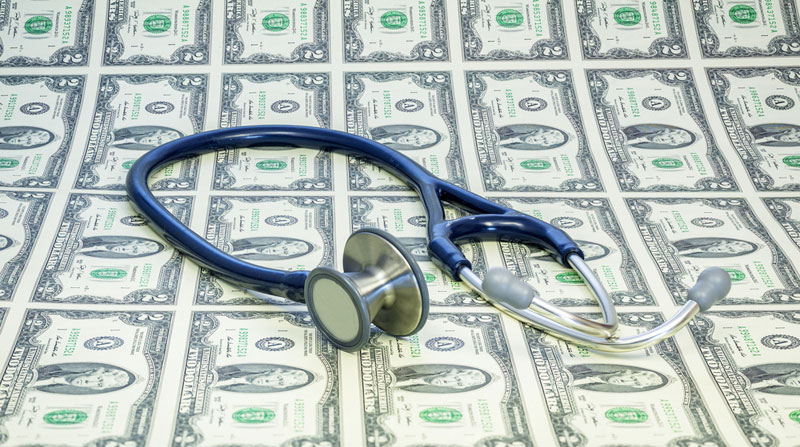
On a recent trip to the US, I couldn’t help notice the huge difference in the way American pharmaceutical brands are promoted compared to here in the UK. Vast sums are lavished on TV advertising prompting the good citizens of the US to ‘ask your doctor today’ about heartburn, insomnia, thin blood and, of course, erectile dysfunction. As if the scare-mongering messages aimed at men and women at a certain life stage weren’t enough, over two thirds of the ads were given over to the terrifying small print. ‘Side effects include…’ (deep breath).
My immediate response – ‘why?’ Surely there is a better, more cost effective, way to promote your brand given the changing dynamics of healthcare marketing? The rise of the empowered patient, access to information online, the decline of blockbuster drugs and the emergence of specialist treatments all fly in the face of mass-market ‘one-to-many’ TV advertising. Enter digital marketing, stage left.
On closer inspection, though, change is indeed afoot. US healthcare companies are spending far less on TV advertising compared to five years ago and are instead putting investment behind new digital solutions and a more targeted approach. TV spend dropped 10% in 2012 whilst pharma’s overall direct-to-consumer (DTC) advertising dropped by 11.5% to just $3.47 billion.
To understand the recent fall, we need to look back at the market context around the time TV advertising of prescribed drugs was first allowed in the US. A series of huge blockbuster drugs hit the market and pharma cos went to great expense to leverage their patent protection. It was Rufen, manufactured by Boots, to first get plugged on US television in 1983.
Worried about consumer safety and a legal backlash, the FDA introduced strict rules in 1985 requiring the ads to include significant risk information about the prescription drug in question. Hence the rise of the tediously long informercial, still present on US TV today. And pages of small print in press ads. But even this didn’t put the big drug companies off.
Now, the landscape has changed, meaning the limitless budgets of yesteryear (over $5 billion in 2006) don’t offer the same virtually guaranteed returns. Generics have eroded the market share of the big licensed brands and, more significantly, “citizen scientists” seek endorsement from their own social communities, rather than take the TV ads at their word, and look for genuine data-based persuasion from the drug companies and their doctors.
Hence the huge opportunity for digital in pharma. Today’s patient goes online first, to the surgery second. Brands should therefore concentrate on educating consumers, not just HCPs, with broader condition-based information that presents options and helps patients make the right choice.
Brands using digital to help, not sell to, consumers will reap the rewards as they will be seen to empower end-users. Hence the emergence of sophisticated apps, online health portals, and other digital innovations that slowly but surely are transforming healthcare, including the prescription and monitoring of medications.
Pharma companies are even further behind the curve when it comes to social media. A host of forces are at play here. Regulation cannot keep up with the technology, brands are terrified of leaving themselves open to litigious patients but, most fundamentally, the ‘always on’ 24 /7 nature of the medium jars with the painfully slow internal approval processes of most pharma companies. Imagine if every tweet you put out needed ten people to approve it? The moment would pass. It’s also telling that the MHRA, the body that regulates the advertising of medicines in the UK, has no reference at all to social media in its Blue Book guide.
But pharma will catch up. It has to. We are seeing more clients embrace digital – new websites, the trialling of e-commerce, the creation of patient communities and even baby steps into social media. Ultimately, consumers hold the cards so it’s up to the pharma companies to respond.





